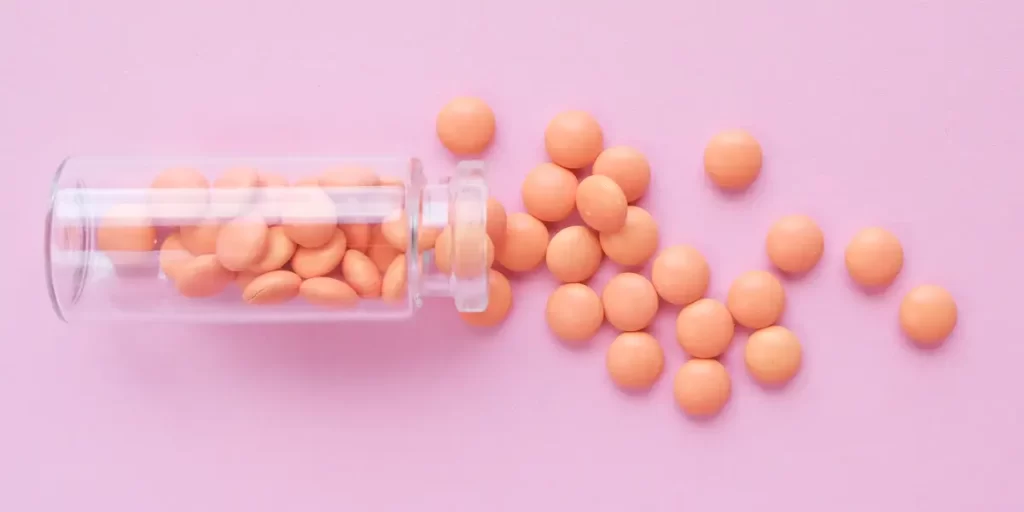Tapering Off Suboxone
Written by Thomas Christiansen
& Medically Reviewed by Dr. Annie Tye, PhD
Medically Reviewed
Up to Date
Last Updated - 6/17/2022
View our editorial policy
Medication assisted treatment (MAT) is a strategy that provides people with opioid use disorders a way to manage the debilitating withdrawal symptoms that are associated with quitting opioids. Suboxone is a common MAT medication. Suboxone is a combination of two active ingredients: buprenorphine and naloxone. The combination of these drugs effectively causes the brain to believe that the opioid it has become dependent on is present, but without delivering the euphoric high that opioids are infamous for.
Opioids are among the most addictive drugs, and they are associated with debilitating and long-lasting withdrawal symptoms. Even prescription opioids that are taken exactly as prescribed are addictive and can have devastating consequences. Many people have successfully used Suboxone for years, even decades, to manage withdrawal symptoms associated with heroin or other opioid addictions.
Although Suboxone is used to treat opioid dependence and addiction, it itself has a risk of dependence. Withdrawal symptoms that are characteristic of Suboxone dependence include:
- Anxiety
- Depression
- Headaches
- Body aches
- Muscle pain and cramps
- Appetite changes
- High blood pressure
- Cold sweats
How To Taper Off Suboxone
“Suboxone taper” can indicate two different processes. The first process refers to the use of Suboxone as a drug that can help people manage debilitating withdrawal symptoms associated with quitting opioids. The second process refers to tapering the Suboxone dose that has allowed someone to overcome opioid use disorders, with the goal of achieving complete sobriety.
Most people who quit Suboxone cold-turkey struggle with uncomfortable withdrawal symptoms and experiencing setbacks are unfortunately very common. Tapering the Suboxone dose over time has proven to be an effective way to minimize withdrawal symptoms and allow people to successfully achieve sobriety.
Tapering off Suboxone is best done with the assistance of a medical professional who is familiar with helping people overcome Suboxone dependence. The goal of a Suboxone taper is to gradually reduce the dose, giving the brain time to re-adapt to functioning in the absence of a chemical that it has become dependent on.
Direct Taper
Direct taper refers to the process of gradually reducing the Suboxone dose without providing another drug that can help to minimize the withdrawal associated with the Suboxone taper. For people who are attempting to overcome Suboxone itself (rather than undergoing a Suboxone taper associated with recovering from an opioid use disorder), direct tapers have proven to be quite effective when done properly and under the care of a medical professional.
Substitution Taper
A substitution taper provides a medication that has similar pharmacological properties as the drug of dependence. Suboxone is successfully used as a substitute for opioids like heroin and oxycodone and can allow someone with an opioid use disorder to return to a healthy lifestyle. Although there are other drugs with similar pharmacological properties as Suboxone, substitution tapers are generally not more effective than direct tapers for someone who is attempting to quit Suboxone.
Suboxone Taper Schedule
There are factors that go into creating the most appropriate Suboxone taper schedule. It is strongly recommended that anyone who is planning on tapering their Suboxone dose consult with a medical professional ahead of time.
It is important to emphasize that the best Suboxone taper schedule for you is the one that you and your medical provider develop together. However, there are a number of generic Suboxone taper charts available online that give an overview of what a Suboxone taper looks like.
An example of a Suboxone taper protocol from a starting dose of 16 mg/day is as follows:
- Day 1: 25% reduction in dose, resulting in 12 mg/day
- Day 6: Dose is further reduced to 8 mg/day
- Day 11: 4 mg/day
- Day 16: 2 mg/day
- Day 24: 1.50 mg/day
- Day 31: 1 mg/day
- Day 39: 0.75 mg/day
- Day 45: 0.50 mg/day
- Day 51: 0.25 mg/day
- Day 56: 0.13 mg/day
- Day 60: 0 mg/day
Rapid Suboxone Taper
Most rapid Suboxone tapers follow a period of Suboxone stabilization, where clients are administered flexible Suboxone doses as needed, based on their withdrawal symptoms. There are a few options for rapid Suboxone tapers, including 4, 5, 7 and 21-day tapering schedules. There are a number of factors that must be taken into account when determining whether a rapid taper will deliver the desired results, particularly the level of dependence that someone develops.
Research on whether fast Suboxone taper strategies are as effective as prolonged tapers suggest that they are equally as effective. One study evaluated the efficacy of 7-day and 28-day tapers among people who were overcoming opioid use disorders and found no significant difference in opioid setbacks at 1-month and 3-month follow-up appointments.
Although rapid tapers may sound like efficient strategies to overcome Subutex use disorders, there is a risk of tapering too quickly, resulting in a resurgence of withdrawal symptoms when Subutex is no longer being administered.
Medically-Assisted Suboxone Detox
Although Suboxone has a lower risk of abuse than opioids, it is still possible to misuse Suboxone so that very serious dependence and addiction become possible. In these cases, medical detox may be the safest and most effective strategy to successfully manage the first days of recovery. Medical detox is done under the 24/7 care of medical professionals who can, when appropriate, provide medications that can reduce the severity of Suboxone withdrawal symptoms.
Suboxone is a valuable treatment strategy for people struggling with opioid use disorders, but it is also associated with a risk of dependence and addiction. If you are facing a Suboxone use disorder, The Recovery Village Ridgefield can help. Call to speak with a representative and learn how professional addiction treatment can help.
Sources
Finch, James W; Kamien, Jonathan B; Amass, Leslie P. “Two-year Experience with Buprenorphine-naloxone (Suboxone) for Maintenance Treatment of Opioid Dependence Within a Private Practice Setting.” Journal of Addiction Medicine, June 2007. Accessed September 25, 2019.
Ling, Walter et al. “Buprenorphine tapering schedule and illicit opioid use.” Addiction, February 2009. Accessed September 25, 2019.
View Sources
Finch, James W; Kamien, Jonathan B; Amass, Leslie P. “Two-year Experience with Buprenorphine-naloxone (Suboxone) for Maintenance Treatment of Opioid Dependence Within a Private Practice Setting.” Journal of Addiction Medicine, June 2007. Accessed September 25, 2019.
Ling, Walter et al. “Buprenorphine tapering schedule and illicit opioid use.” Addiction, February 2009. Accessed September 25, 2019.
Authorship






